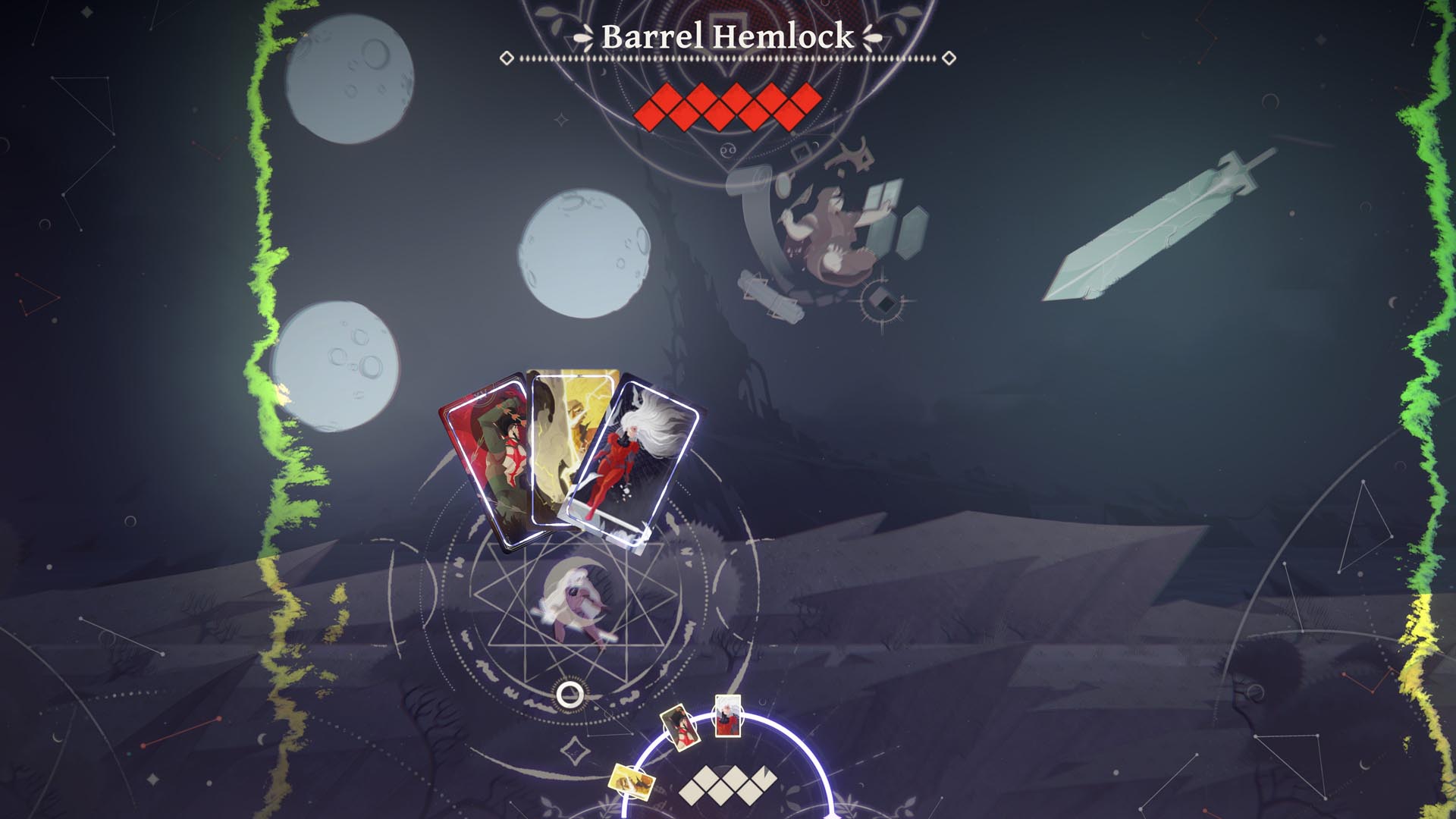Schlagwort: Thunder Lotus
-

Spiritfarer: Farewell Edition launches today on PS4
Reading Time: 4 minutesHey folks! Nick Guérin, creative director of Spiritfarer here. It’s a bittersweet time for the team today as we’re launching the final content update for Spiritfarer, the cozy management game about dying. In today’s Jackie and Daria Update, you’ll help our heroine Stella soothe a troubled mind and bring a dilapidated hospital…
-

Die Spiritfarer: Farewell Edition erscheint heute für PS4
Reading Time: 4 minutesHey Leute! Ich bin Nick Guérin, Creative Director von Spiritfarer. Es ist eine bittersüße Zeit für unser Team, weil wir heute den finalen Content für Spiritfarer rausbringen, dem netten Managementspiel zum Thema Sterben. Heute kommt das Jackie-und-Daria-Update, in dem ihr unserer Heldin Stella helfen werdet, einen beunruhigten Geist zur Ruhe zu bringen…
-

Spiritfarer, the cozy management game about dying, sets sail today
Reading Time: 4 minutesHey everyone! I’m Nick, Spiritfarer’s Creative director. I’m very happy to be announcing the game’s release today. To those of you just joining us, we call Spiritfarer a “cozy management game about dying.” We designed it to be a wholesome, soothing, and welcoming game — something that we believe a lot of…
-

Spiritfarer, das gemütliche Management-Spiel über das Sterben, sticht heut in See
Reading Time: 4 minutesHallo zusammen! Ich bin Nick, Creative Director von Spiritfarer. Ich freue mich sehr, heute die Veröffentlichung des Spiels bekanntgeben zu dürfen. Für diejenigen von euch, die gerade neu dazugekommen sind: Wir beschreiben Spiritfarer als ein „gemütliches Management-Spiel über das Sterben“. Wir haben Spiritfarer als ein wohltuendes, beruhigendes und gastfreundliches Spiel entwickelt –…

